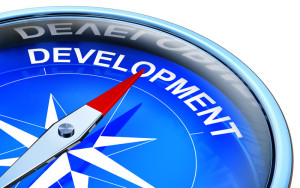We all have a professional network, big or small. It may be people we know well and have worked with at some point. Or people we’ve met briefly at a conference and agreed to keep in touch. Or people who  have reached out to us to connect on social media channels after seeing our profiles.
have reached out to us to connect on social media channels after seeing our profiles.
While you may not think you have a “personal brand”, you do have a professional reputation. The idea of having a personal brand may have invoked thoughts of vanity in the past. But not in this technology enabled social media world we live in.
So, what is your personal brand? Are you consciously creating it? How do people see you publicly online and in person? What are you known for? These are all questions you should be able to answer.
One of the first ways I thought about it was when I re-initiated my Twitter account several years ago and had to write my profile. At the time, my account was private. A colleague who was advising me on social media told me that was my first mistake. Twitter is meant to be public – I shouldn’t have to approve who can follow me. More importantly, he said my profile should capture in just a few phrases who I am and what’s important to me.
I recently saw a blog post by Janet Mesh from one of our partner firms, Healthcare IT Leaders, titled “How To Boost Your Career With An Online, Personal Brand”. I was reading along thinking, yup, yup I do all that. Then I was pleasantly surprised and grateful to see that I was used as an example. Thanks Janet and Healthcare IT Leaders! And thanks to all those who gave me encouragement and advice to get started in a focused way building my social media presence several years back. Continue reading









